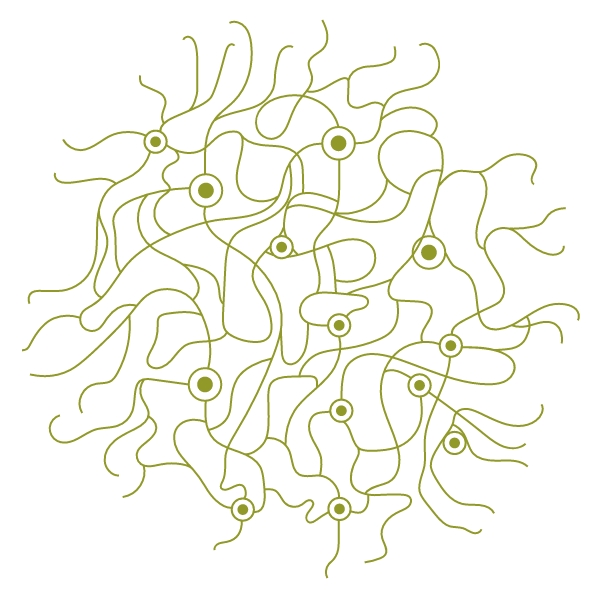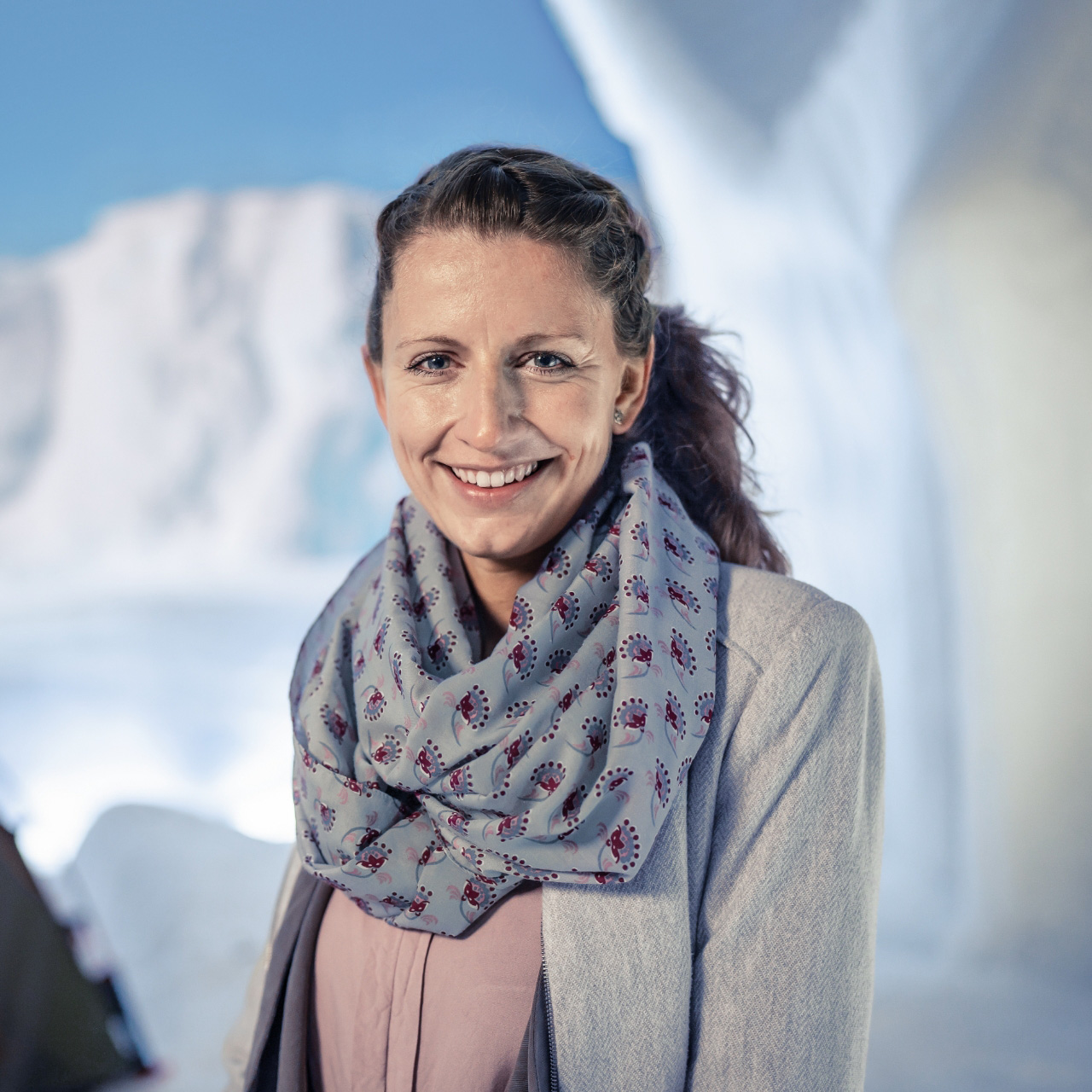
Mental Health Diseases
Millions of humans are affected. Precision psychiatry has the potential to provide effective treatment
read more

What would a better tomorrow look like? Dr. Stefanie Arndt is sure that research is crucial. The sea-ice physicist collects samples and data in the Arctic and Antarctica to provide recommendations on how to achieve a better tomorrow. In this essay, Arndt presents her work and calls for a stronger commitment to science.
Together with a handful of colleagues, I am drifting on an ice floe in the Antarctic Ocean. The helicopter that dropped us off here has already disappeared and our research vessel is several dozen miles away. We are enveloped by the polar day. The ice floe we currently find ourselves on is only around half a mile in size. Below me is around a foot of snow followed by an ice layer that is about three feet thick. And beneath that is an ocean several thousand feet deep.
This is one of the places I work as a sea-ice physicist. I use a thermometer and a magnifying glass to examine the snow that lies on the ice floe. I assess its crystal structures and measure its density. I take samples through a vertical profile. The snow tells us what has happened here over the past year. For instance, if it was warm for a spell, then I will find lenticular ice layers inside the samples.
We can look even further back into the past if we examine Antarctic land ice. It consists of compacted snow whose deeper layers are many thousands of years old and thus serve as a climate archive: We are able to determine the composition of the past atmosphere through the microfine air pockets inside this ice.
We cannot save the world through our research, but like the work of so many scientific disciplines, it is of fundamental significance when it comes to achieving a better tomorrow. In the field of climate change, for instance: Only if we are able to gain a precise understanding of how our planet has changed in the past and will continue to do so in the future will we be able to provide recommendations for policymakers and society. For this purpose, we evaluate the data that nature in the polar regions provides us with and model it at research centers such as the Alfred Wegener Institute in Bremerhaven, Germany, my employer.
I consider it a positive sign that public debate over climate change has strengthened the role of science. My work and that of my colleagues now has a profile and attracts a great deal of attention in the media. People know that the thawing of the polar ice caps is directly associated with man-made emissions of greenhouse gases. Our research vessel, the Polarstern, is one of the world’s best icebreakers, and we receive support through public funding. Many people have understood that we must make decisions on the basis of scientific evidence.
I have noticed a similar effect as a result of the COVID-19 pandemic in terms of health research and the role scientific facts play in medicine. While this pandemic is terrible, it has triggered a necessary discussion over the importance of medical research. Broad swaths of societies around the globe are following the advice of virologists and other scientists to whom they would never previously have paid so much attention. Most political decision makers are likewise actively listening to science more than ever before.
Science has a growing reputation – in Germany, Europe, and around the world. But the research environment is not always what it should be. If we want to strengthen the role of science in order to achieve a better tomorrow on a sustainable, ongoing basis, then we must first of all think of young scientists. We need to make it attractive for them to opt for an academic career.
The sea ice extent has declined by an average of about 40 percent since 1979. On Septemer 12, 2021, its annual minimum was 1.87 million square miles; the previous all-time low was 1.26 million square miles in 2012. The annual extent is quite variable and reaches its minimum in September. The trend indicates a decrease of ten percent per decade.
Unfortunately, that is not how things are at the moment. Many research projects are uncertain because their financing in the form of grants and project funding is frequently only guaranteed on a short-term basis. The personal insecurity for young researchers, who go from one temporary contract to the next and whose personal lives suffer accordingly, is even more serious.
Now is the right time to invest more money in scientific research. This is the only way to tackle fundamental challenges for mankind such as mitigating climate change and coping with pandemics.
Here, science also needs to be much more open in relation to society and to communicate its findings to the general public in a way that is both exciting and understandable. When we allowed ourselves to become icebound on the Polarstern in the Arctic sea ice in October 2019 in order to drift around 2,100 miles across the Arctic until September 2020, we had a film team on board who subsequently released a successful documentary. We need much more of that kind of activity. I myself was on board of the Polarstern from February to June 2020 and thereafter talked about my experience to the media, at schools, and on many other occasions. After all, science is also about communication.
What is my personal vision of a better tomorrow? I dream of a future where we have found answers to the key challenges of everyday life. There will still be risks such as flooding, drought, and diseases in this tomorrow. But the business sector and science, society and politics will be able to identify these risks, provide people with feasible alternatives, and thus allay their fears. All of this will require a great deal of effort. Let’s work on it together.